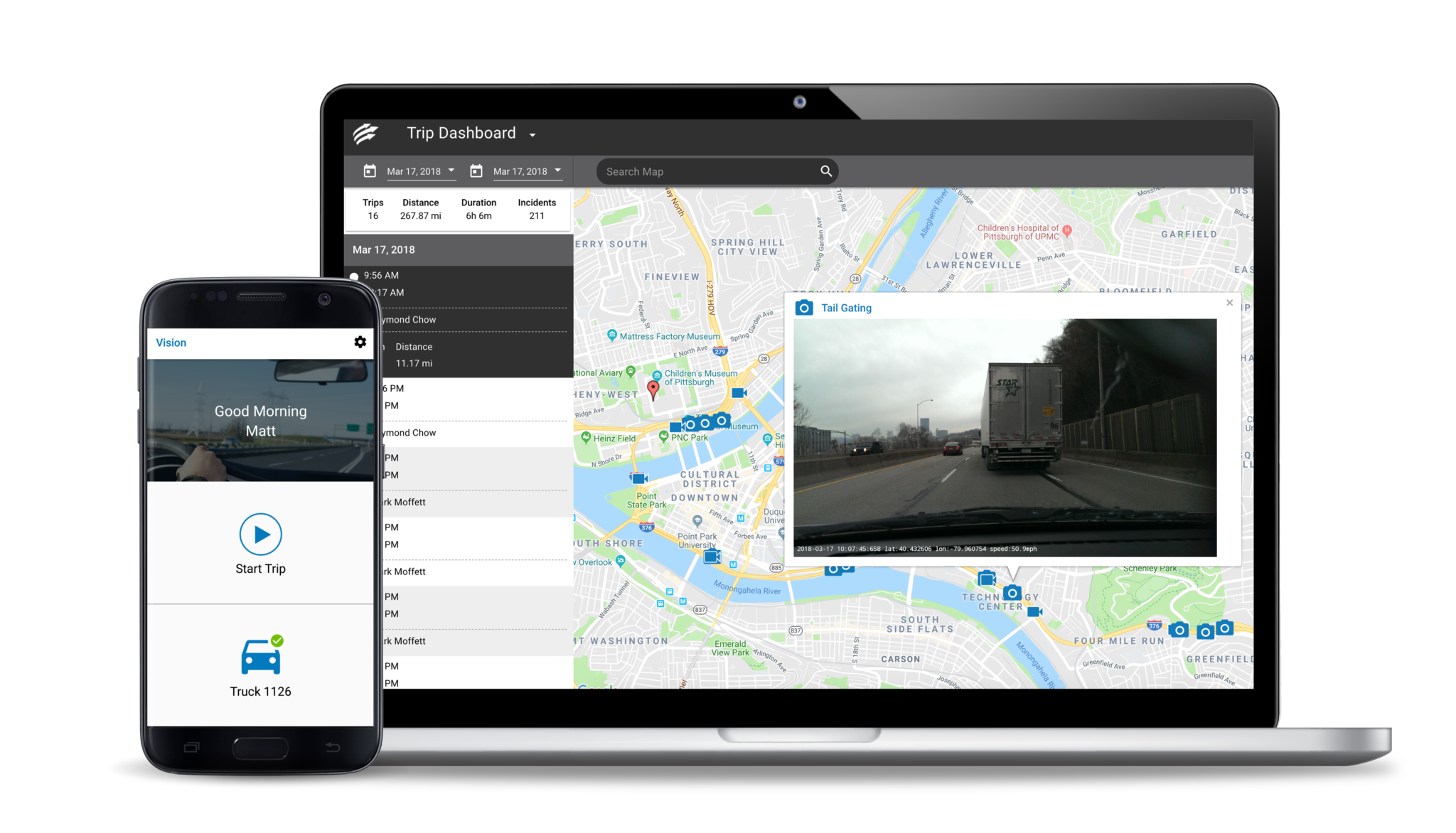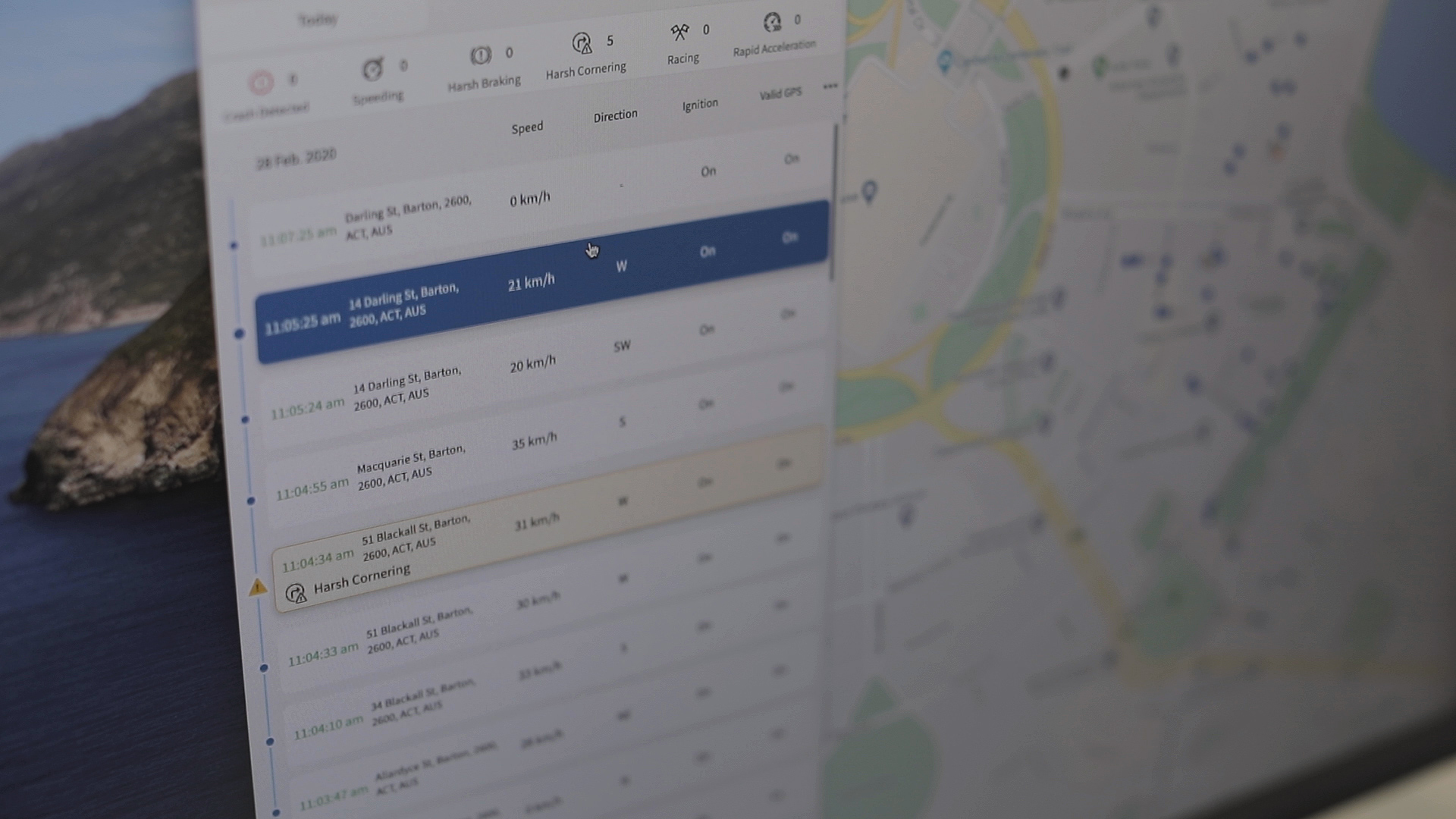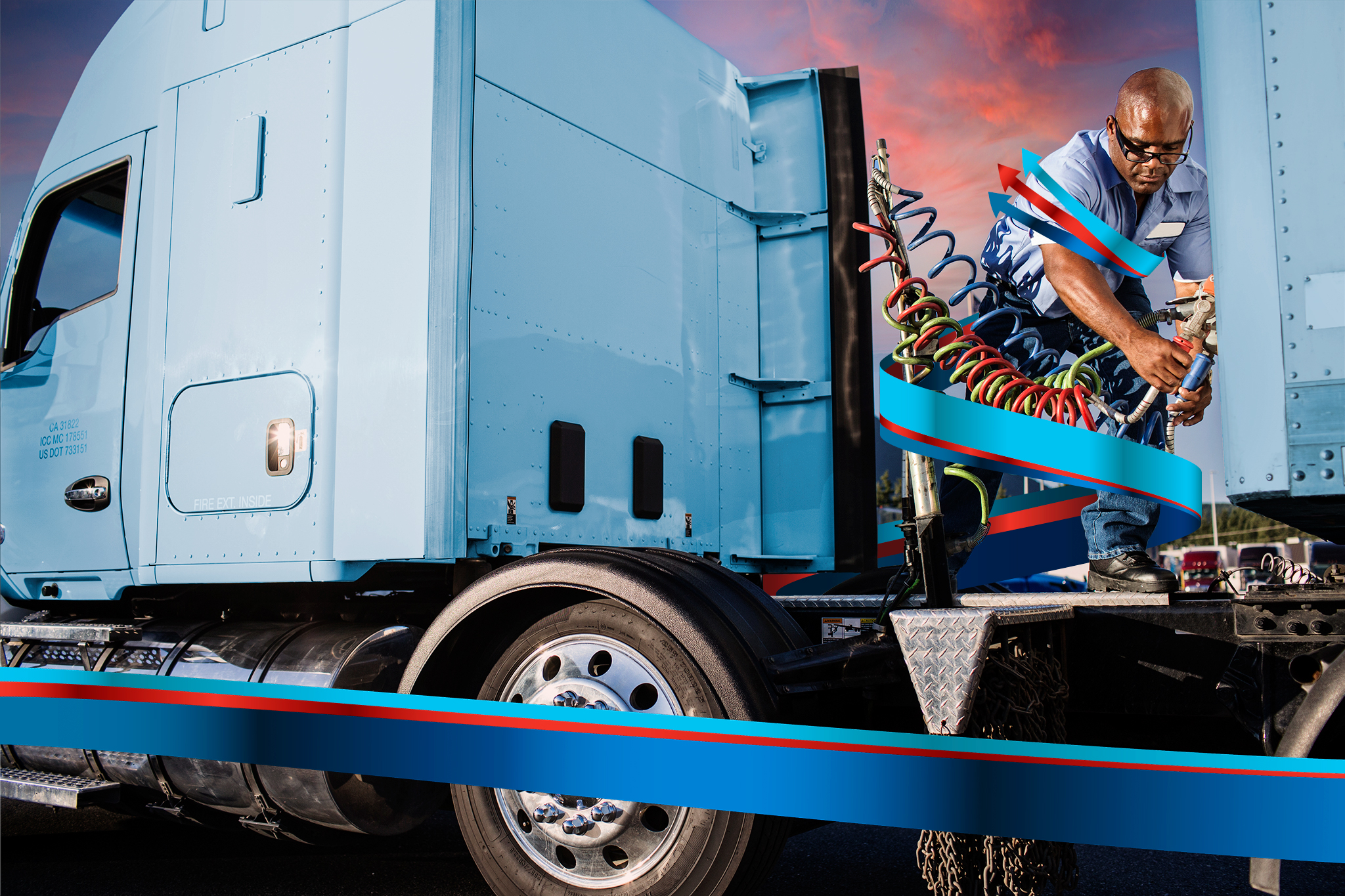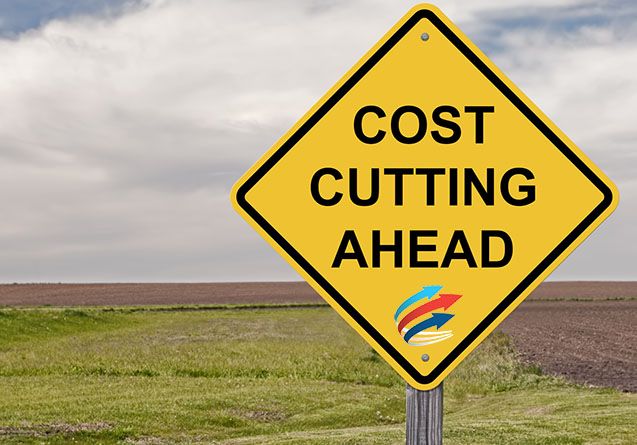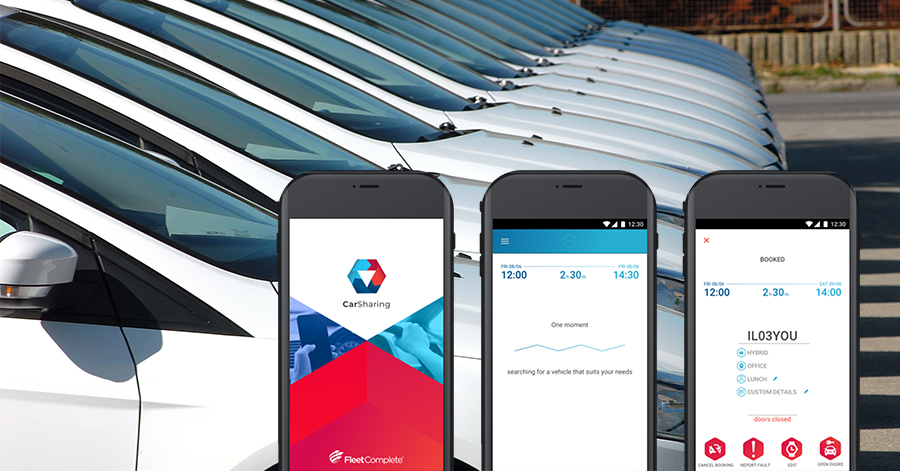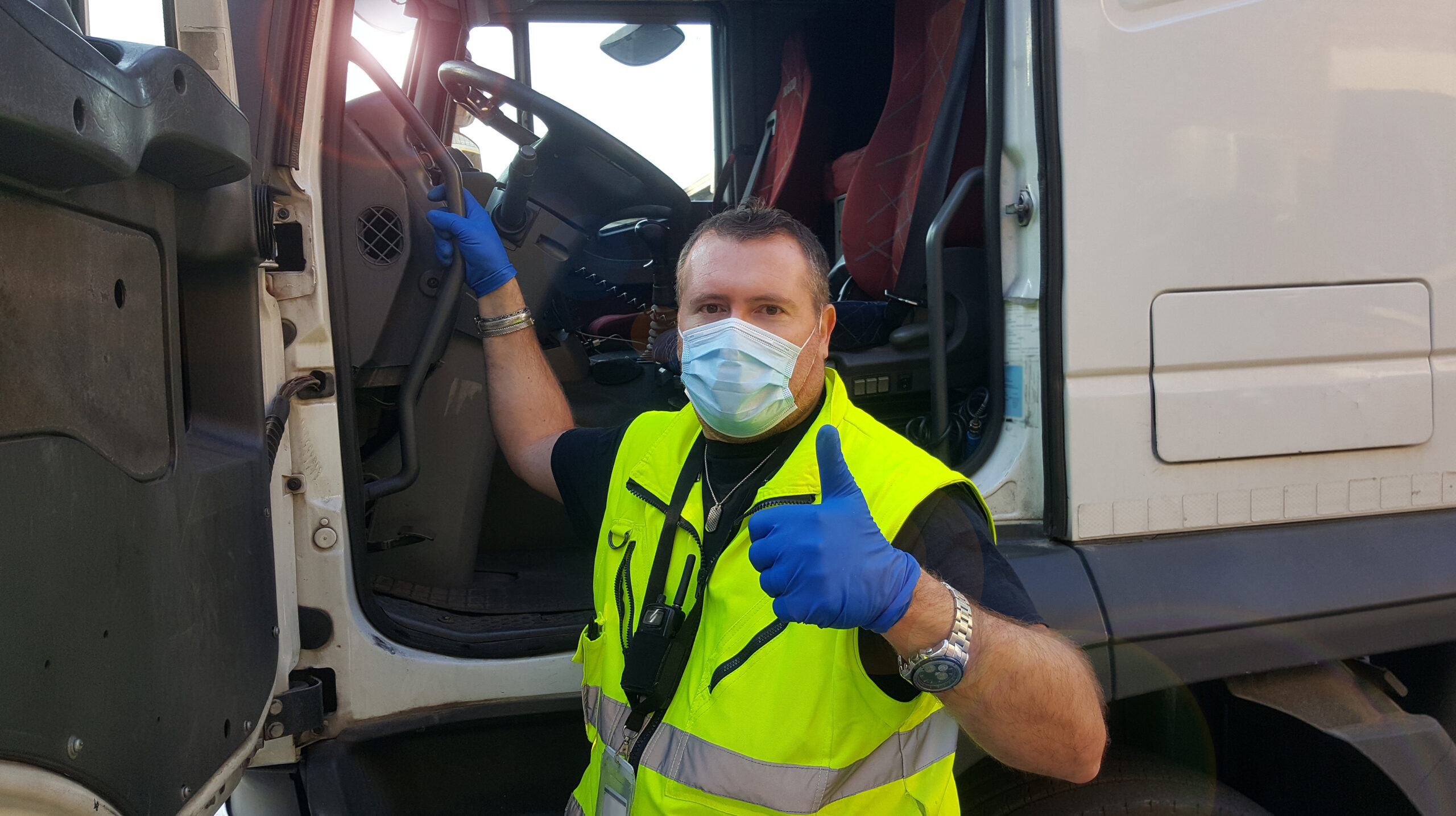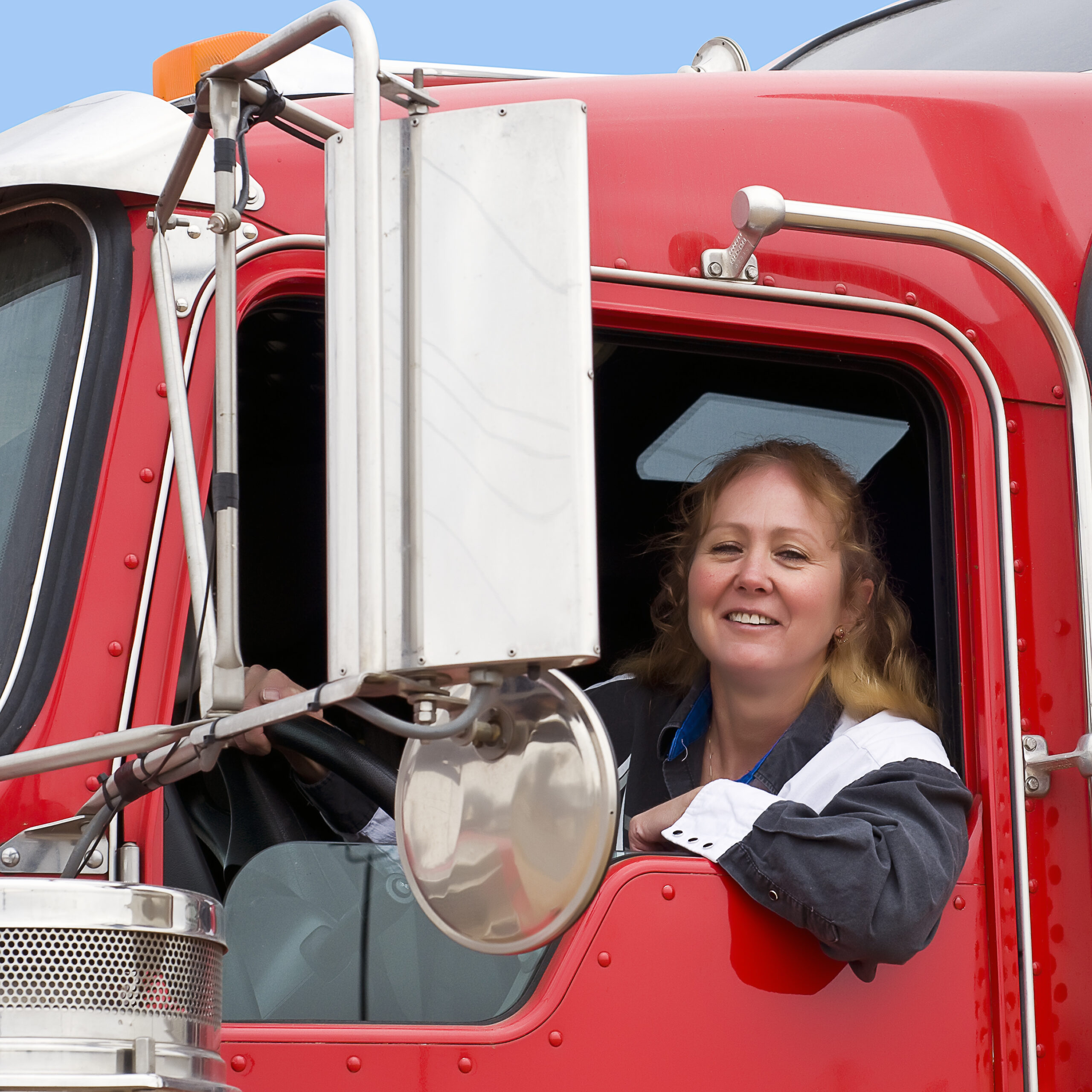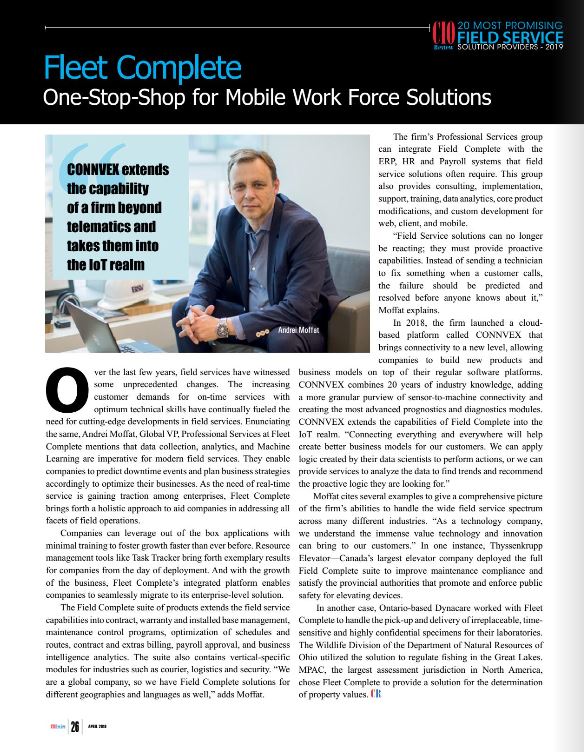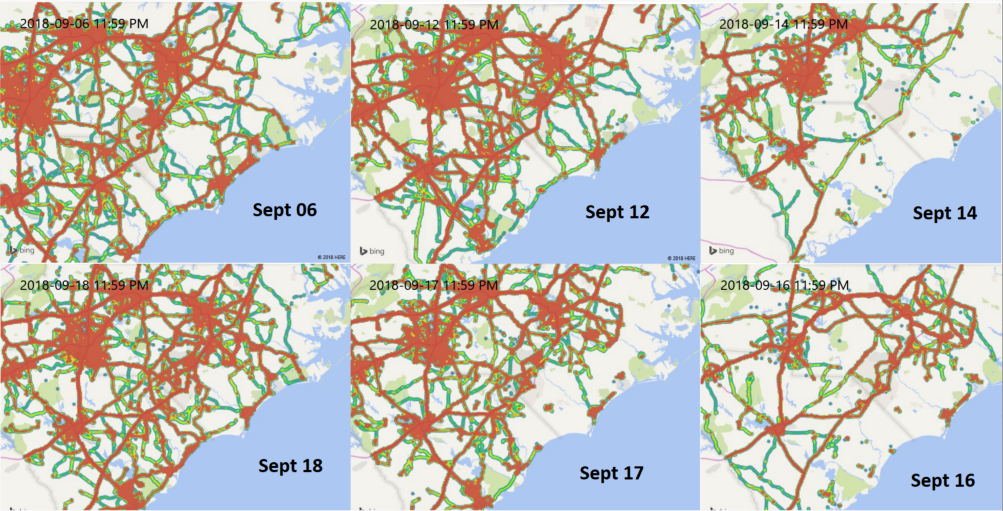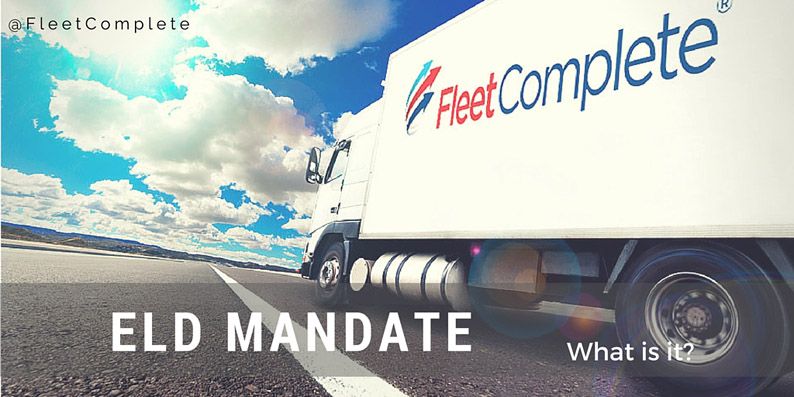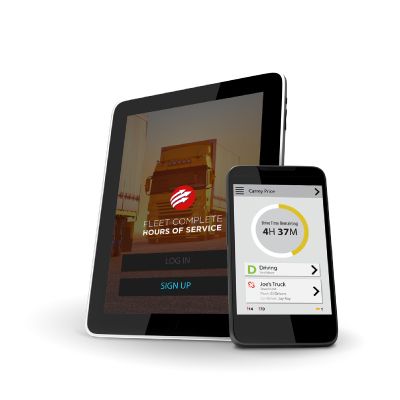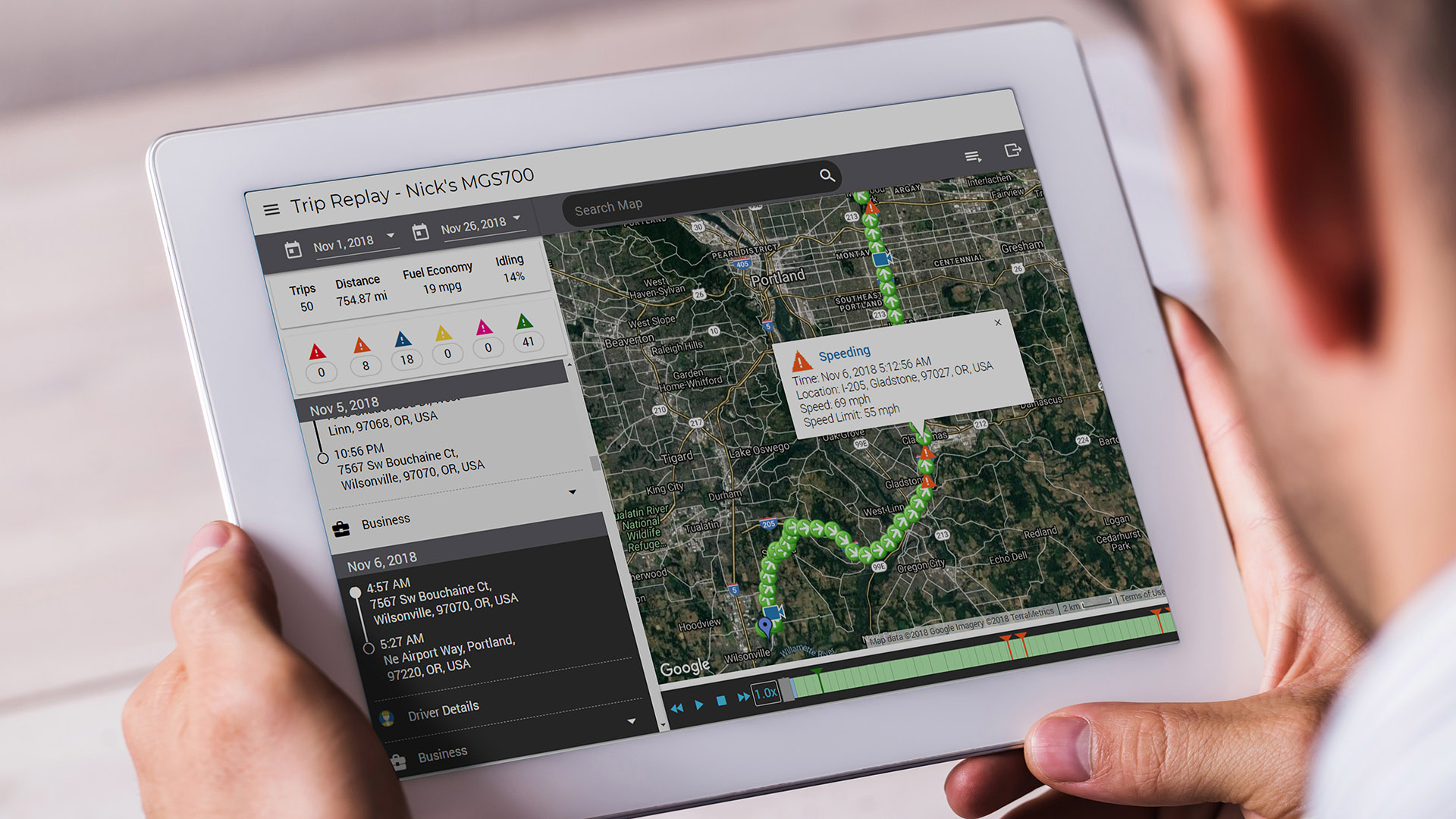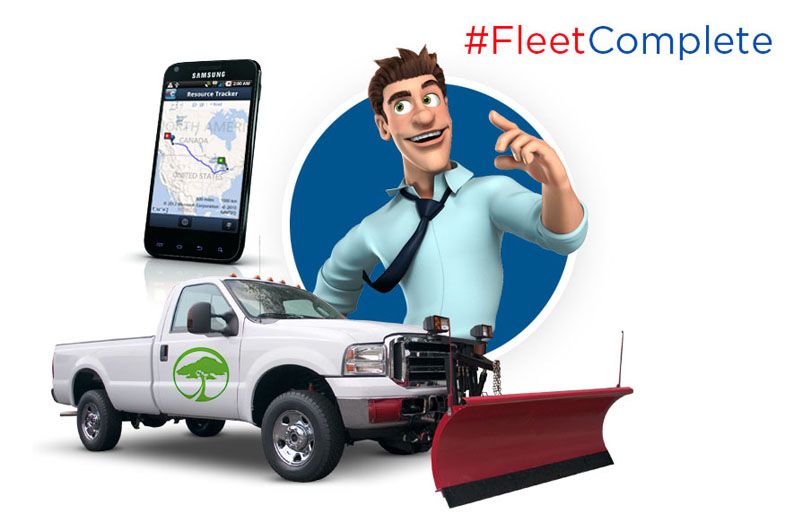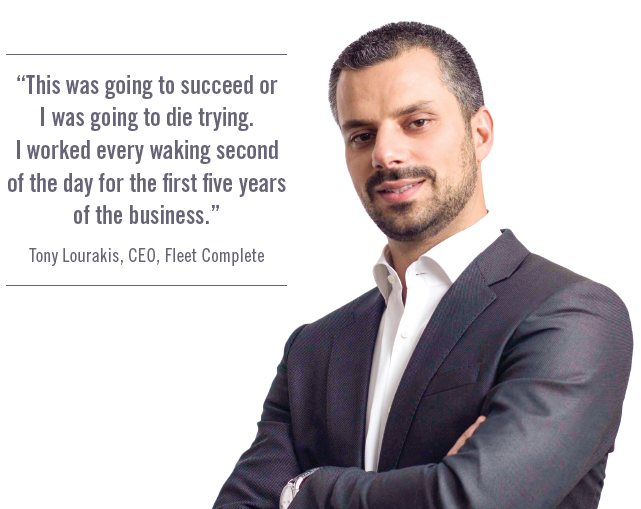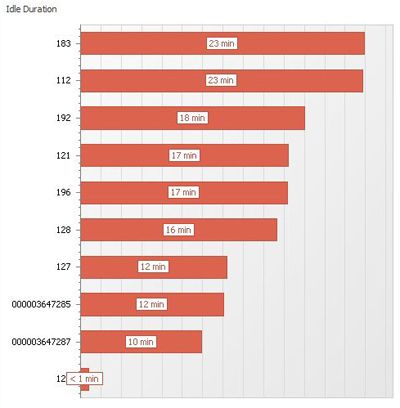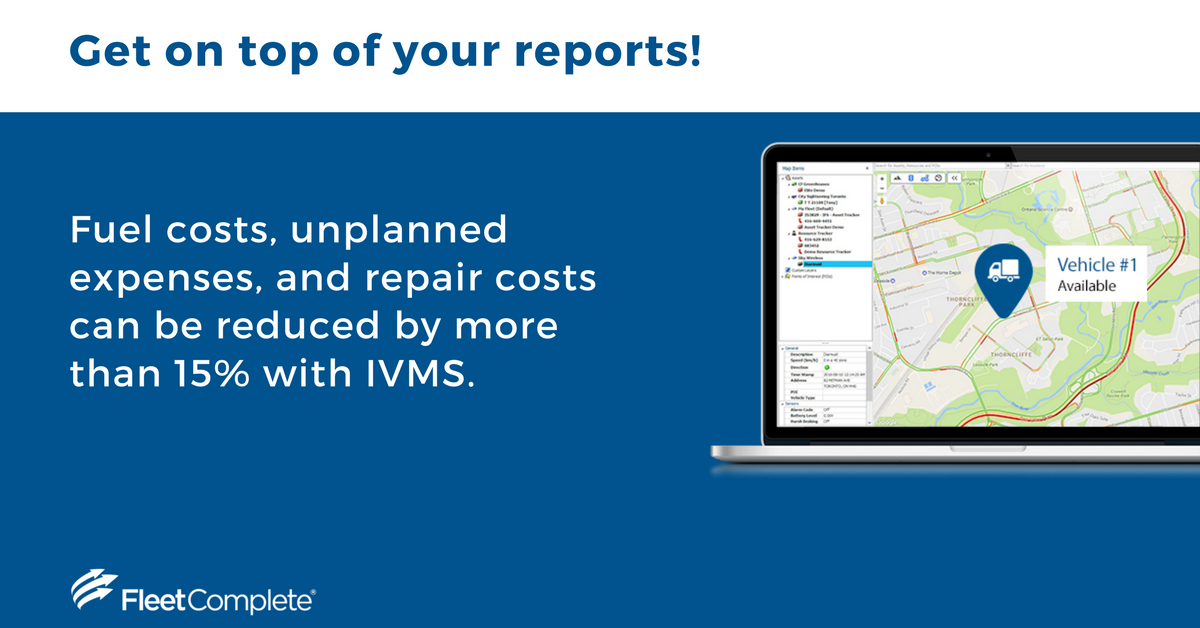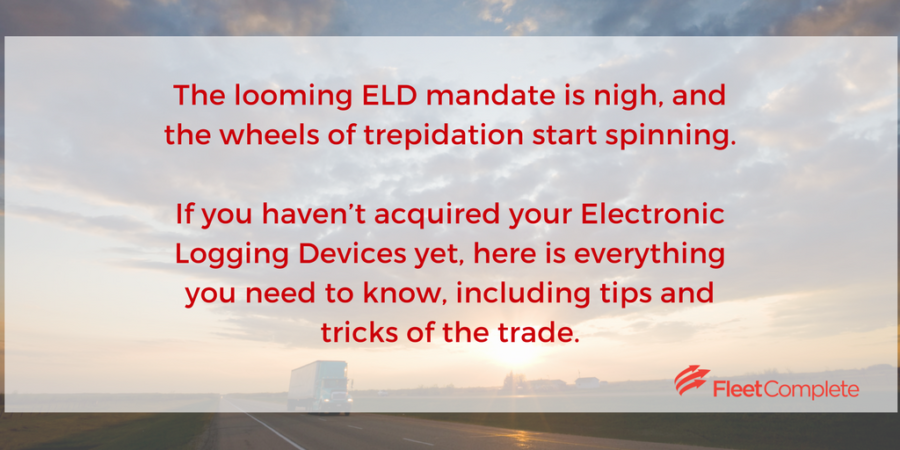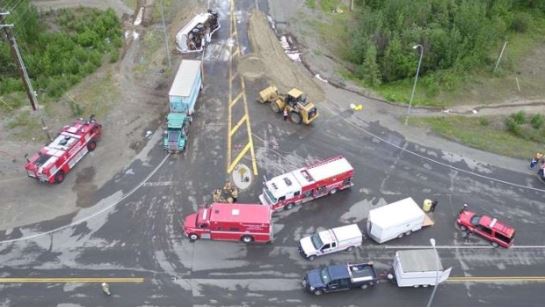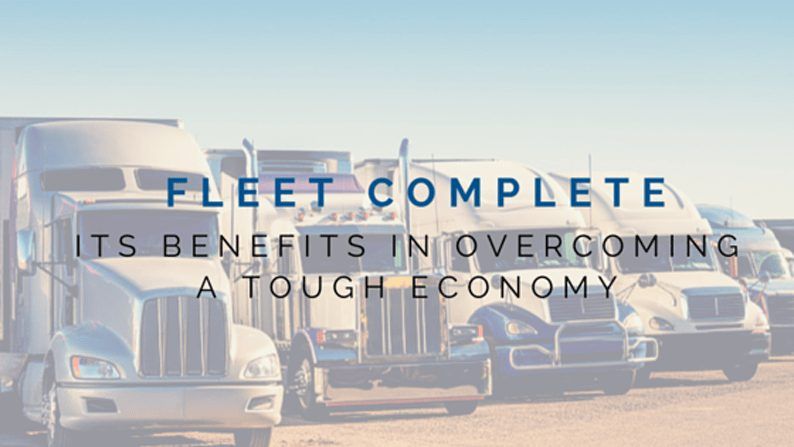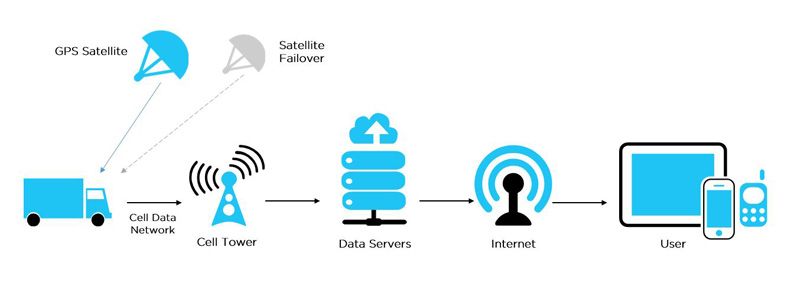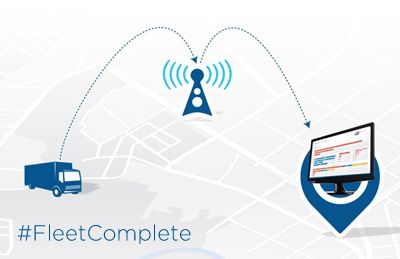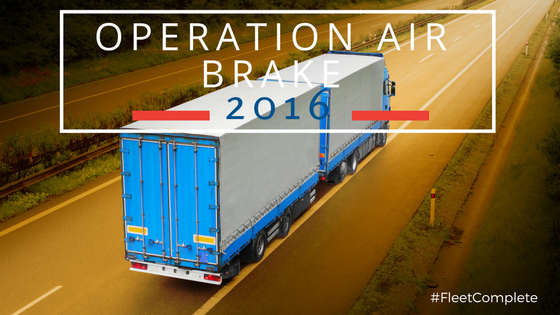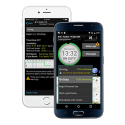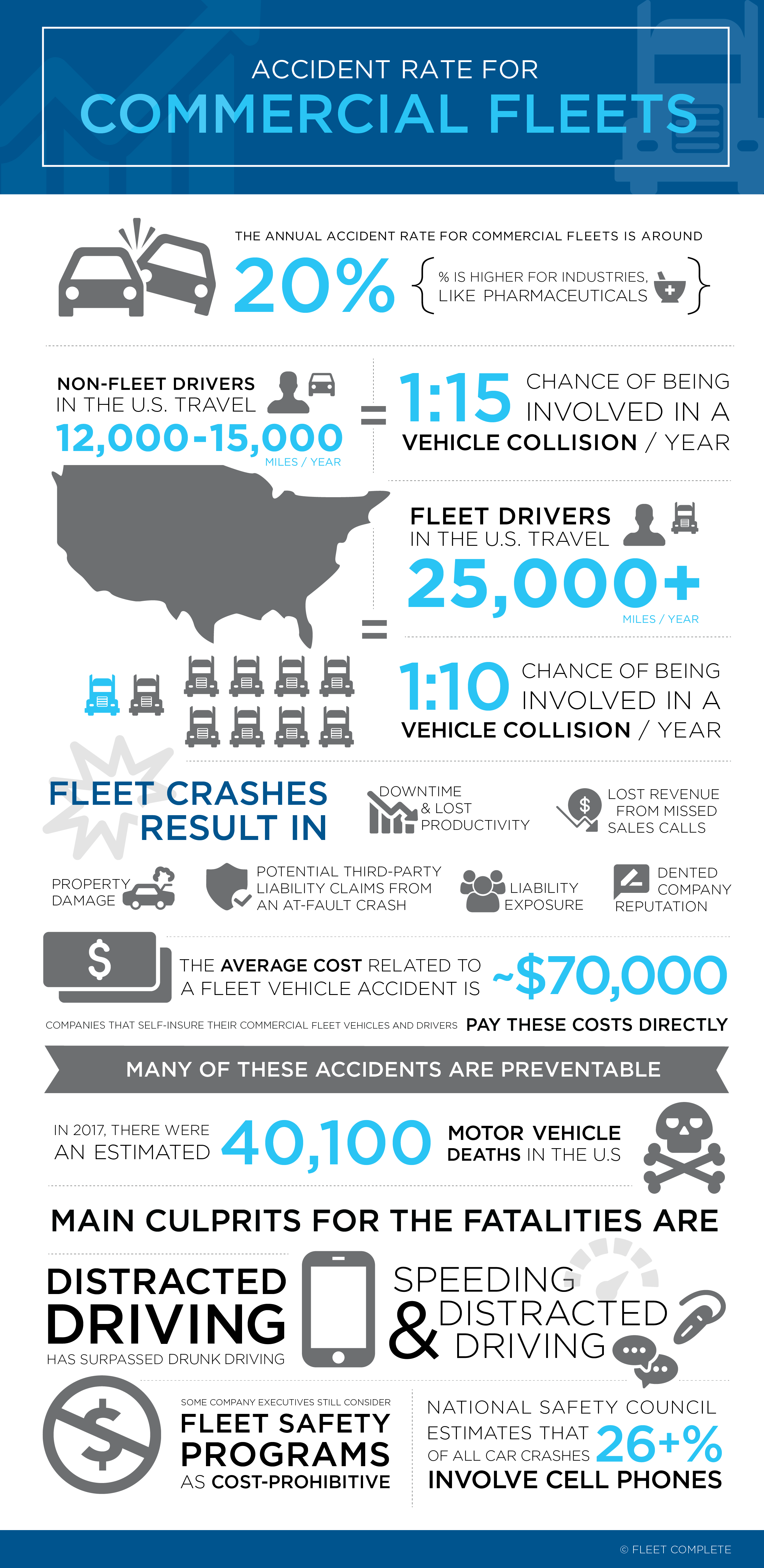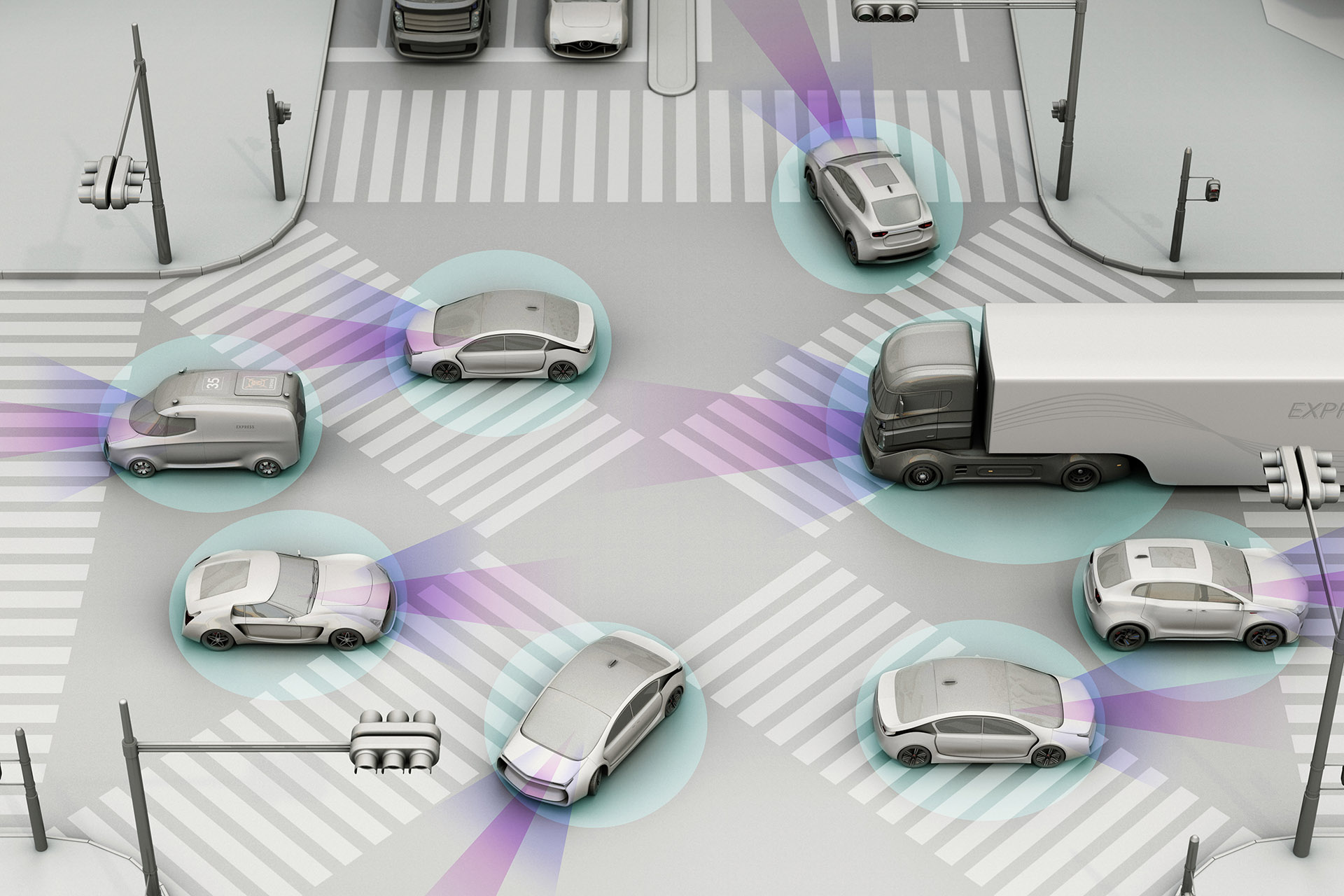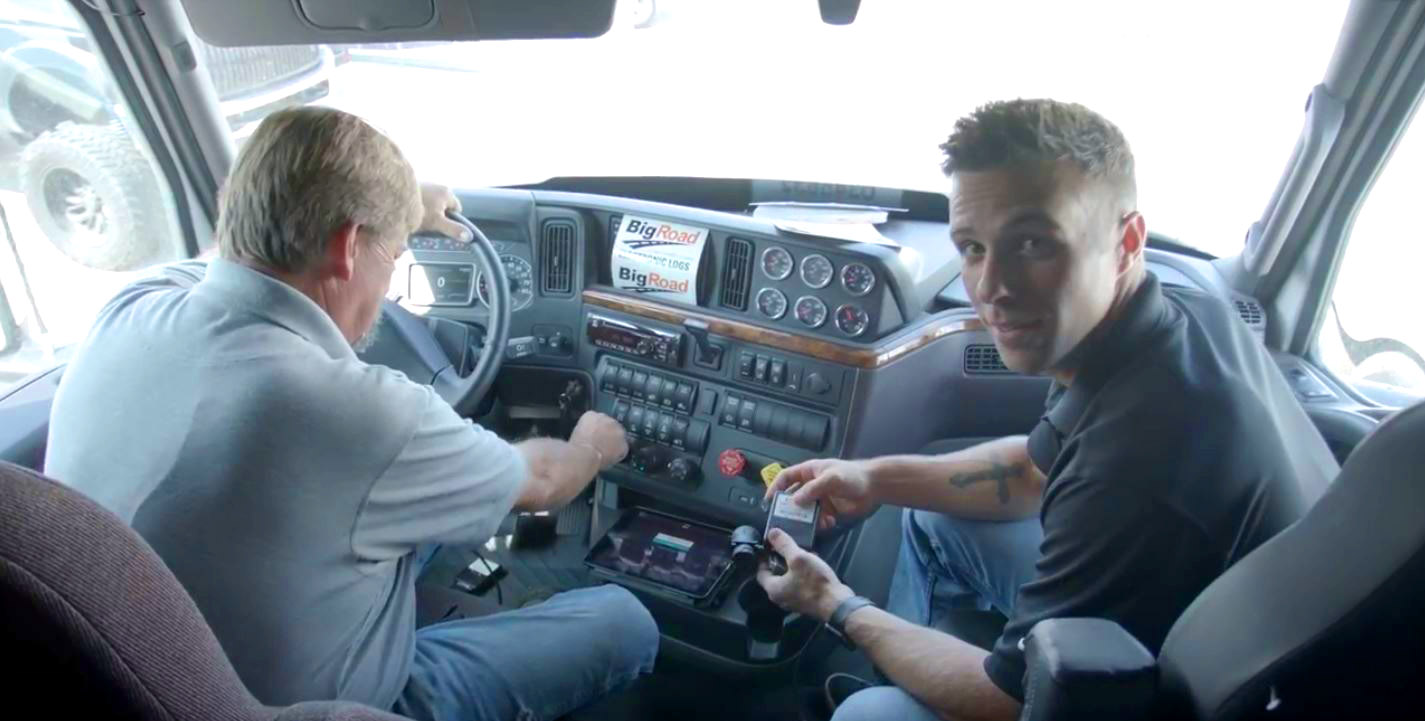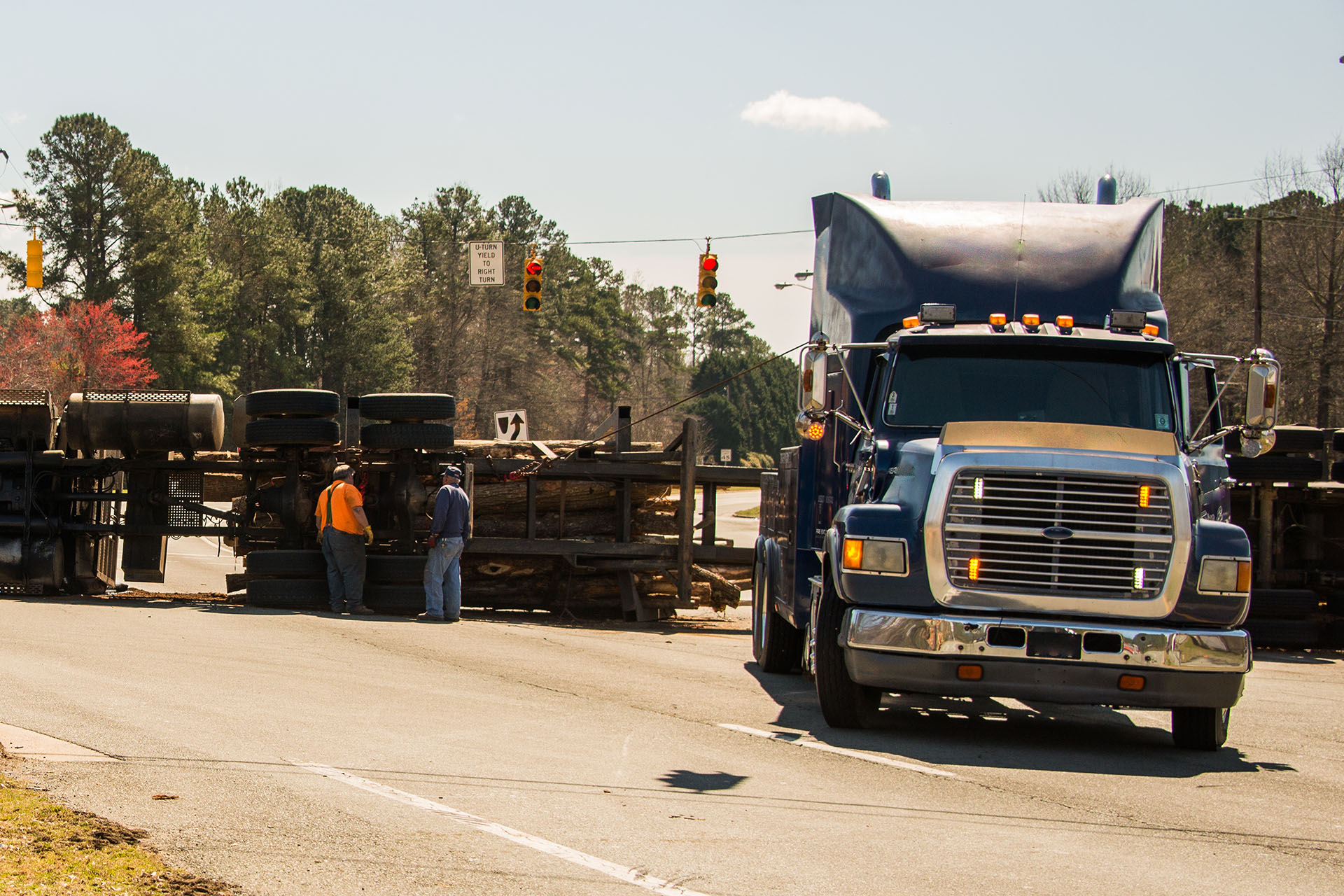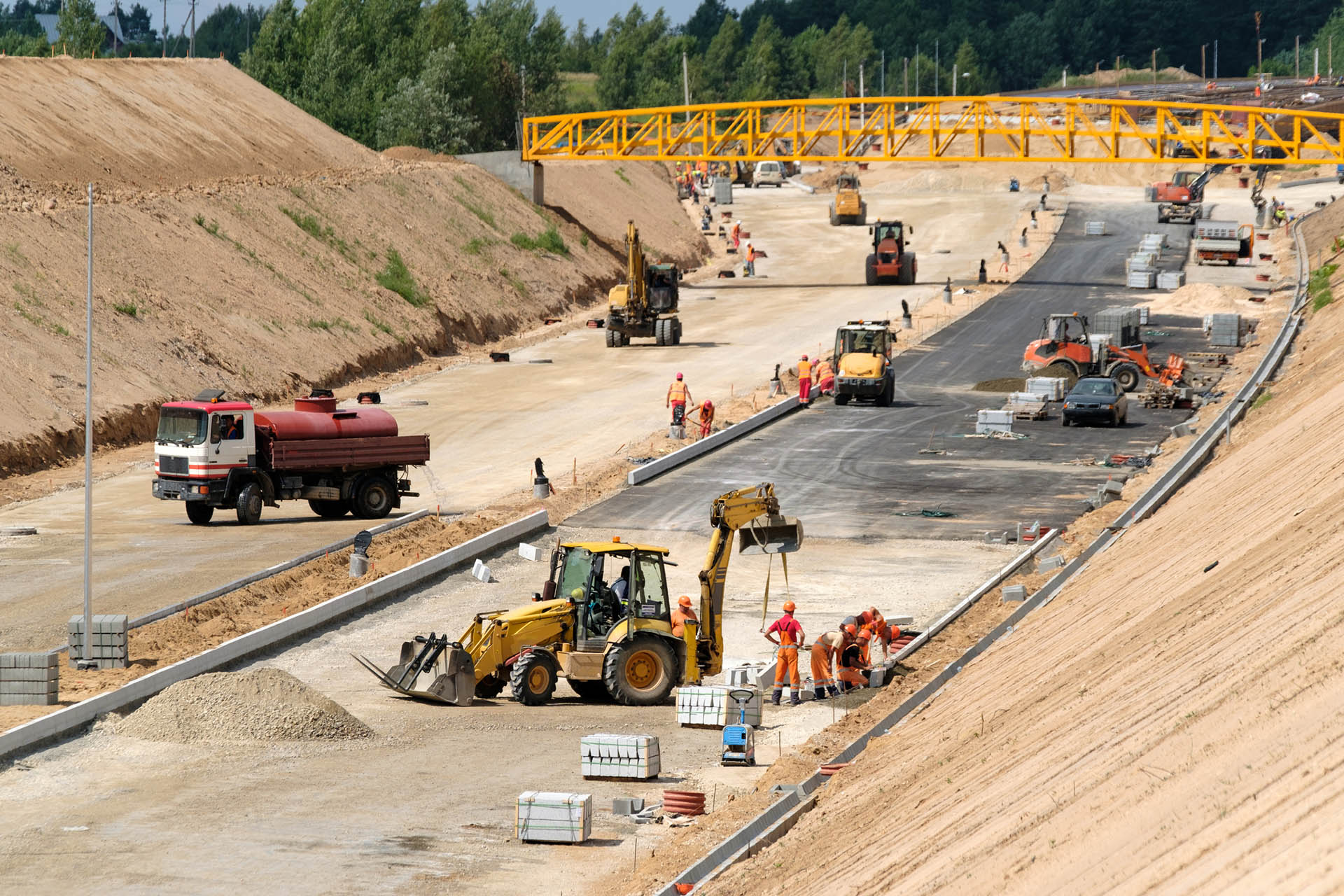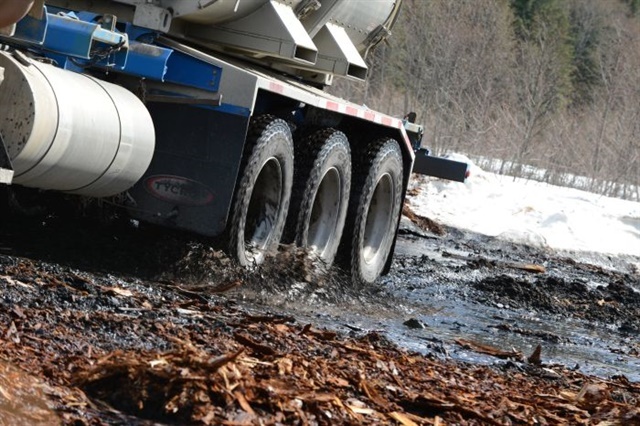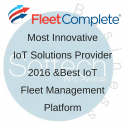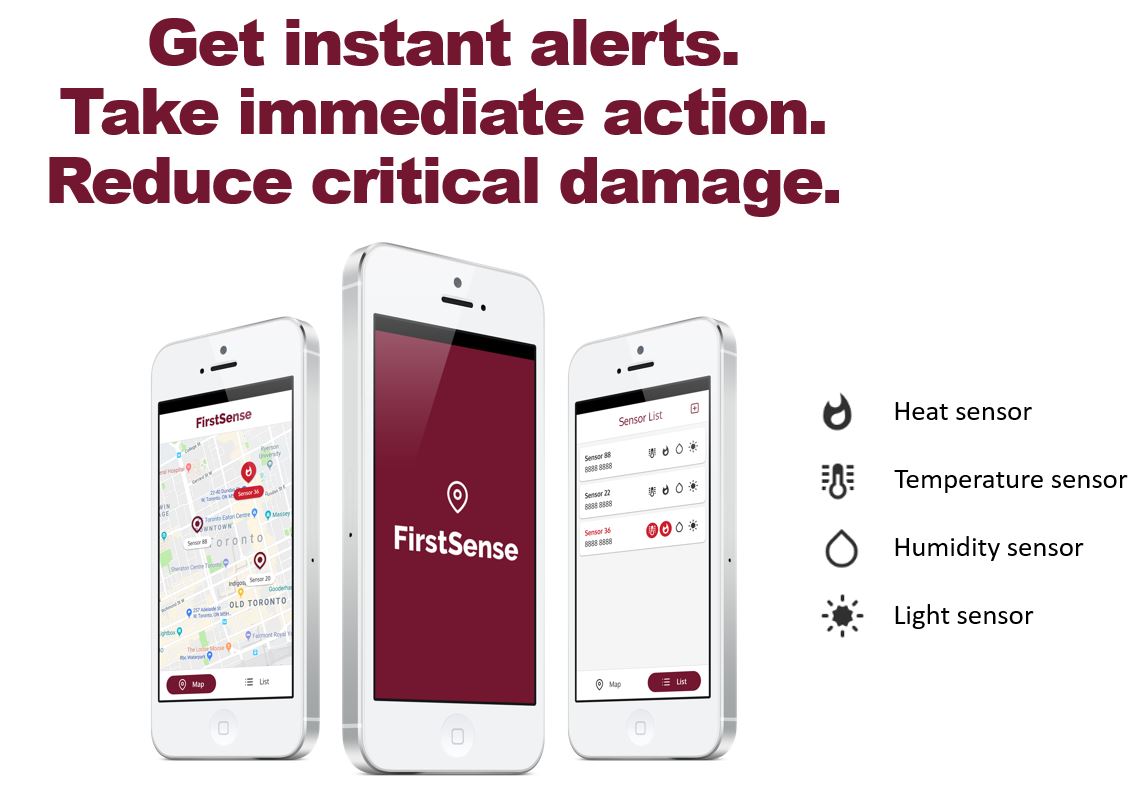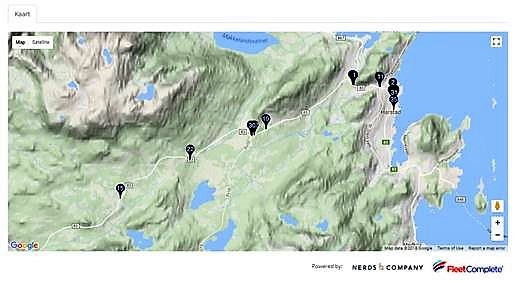In his recently penned article Wave of Smarter Video Telematics Solutions Arrives, Paul Clinton brings our attention not only to the sheer variety of different video telematics solutions and providers on the market today, but also to the fact that the technology is seeing a period of wider adoption across the board – by delivery companies, trucking carriers, and other commercial fleets. Why is that?

Simply put, the benefits are becoming more obvious. Trucking fleets operate in a litigious environment, where carriers’ liability runs high if anything goes wrong on the job with their truck or driver employee. Employers bearing crash-related costs can fork out anything from $17,000 to $500,000 per incident, depending on the injuries or fatalities involved. Having a video-recording device that can potentially mitigate these costs is a big incentive for deploying a video intelligence solution.
In 2016 alone, aggressive driving (excessive speed, tailgating, poor lane change, running a red light and passing on the right) was the contributing factor in 55% of all fatal crashes, while 27% of all fatal crashes were due to speeding.
In the mean time, 73% of drivers believe that aggressive drivers are a bigger problem today than 3 years ago.
Clinton also highlights that, according to a 2018 update to the American Transportation Research Institute’s Predicting Truck Crash Involvement study, a speeding violation increases the probability that the driver will be involved in a future crash by 45%.
Looking at the stats, let us consider the direct and indirect costs to the organization or a fleet-owning company if a severe on-job crash or accident occurs:
- Workers’ compensation benefits
- Healthcare costs
- Increases in medical insurance premiums
- Auto insurance and liability claims and settlements
- Physical and vocational rehabilitation costs
- Life insurance and survivor benefits
- Group health insurance dependent coverage
- Property damage (equipment, products, etc.)
- Motor vehicle repair and replacement
- EMS costs (ambulance or medivac helicopter)
- Vehicle towing, impoundment and inspection fees
- Municipality or utility fees for damage to roads, signs or poles
- Supervisor’s time (rescheduling, making special arrangements)
- Fleet manager’s time to coordinate vehicle repair, replacement, etc.
- Reassignment of personnel to cover for missing employees (less efficient)
- Overtime pay (to cover work of missing employees)
- Employee replacement
- Re-entry and retraining of injured employees
- Administrative costs (documentation of injuries, treatment, absences, crash investigation)
- Inspection costs
- Failure to meet customer requirements resulting in loss of business
- Bad publicity, loss of business
Weighing all the factors and costs, getting the technology that can help reduce aggressive driving behavior and improve employee safety seems more like a well-informed business decision.

“Video data is highly contextual and offers multitude of benefits for fleet managers and owner-operators alike. The market is now decidedly pulling this technology, resulting in video telematics market emerging as the fastest growing sub-sector in North American telematics market,” says Sandeep Kar, Chief Strategy Officer at Fleet Complete. “The use of this technology in incentivizing drivers for safe driving have helped change driver perceptions as well.”
Video-recording dash cameras used in fleet vehicles are not a novelty; they have been around for the past two decades. So what is the new angle that the technology providers are taking?
The combined approach of video and vehicle analytics (or video telematics), like VisionAI Hub by Powerfleet (formerly Fleet Complete), not only records instances of traffic violations, but also increases awareness of the on-road environment and facilitates real-time driver coaching.
The forward-facing camera has leading-edge sensors that recognize speed signs, lane demarcation, following the car in front too closely. This is all combined with triggers of aggressive acceleration, harsh breaking or cornering. The camera automatically syncs with the mobile app and the cloud, where short video clips of poor driving instances are stored.
The solution is a new video driver behavior management system that hones into the irrevocable proof of action through video clips, live in-cabin audio feedback on the aggressive driving instances, and a mobile app with an individual driver scoreboard where drivers can track their progress – like a fitness app.
Essentially, video telematics with a forward-facing camera is a safety tool to help nurture better behavioral patterns on the road. Bi-focal cameras are a bit of a different story. The article does mention the hurdles of facial recognition cameras for driver distraction alerts from a privacy standpoint. “Several large trucking fleets, including Swift Transportation and WalMart, experimented with driver-facing cameras and later removed them”, Clinton says. But it is clear that the technology is coming for wider adoption in the years to come, as more and more metropolitan areas are zeroing in on eliminating traffic fatalities.
Arrival of 5G broadband will also facilitate better use of video telematics within a smart city environment, as data volume and the data transfer increase. Although in its teething stage today, 5G also lays fertile ground for autonomous vehicles, as video telematics will help with 360° environmental awareness, pedestrian recognition and traffic signs.
Thus, the future of video telematics is strong, and the adoption rate is rising fast. Fleet managers can increase safety and productivity of their drivers as well as establish better safety protocols and make not-at-fault driver exoneration easier with video proof. And the trend will continue.
